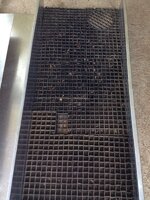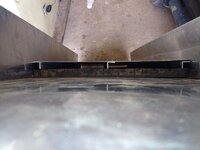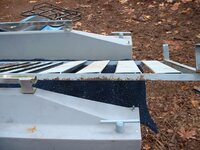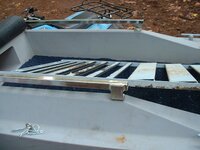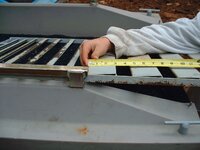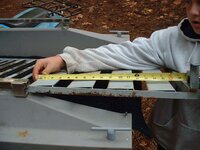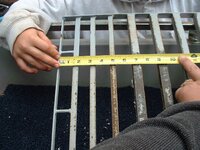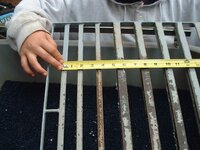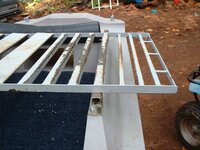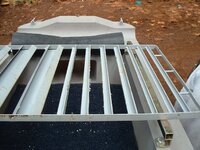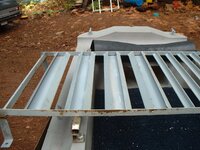principedeleon
Sr. Member
- Oct 22, 2013
- 449
- 151
- Thread starter
- #61
Okay so now my friend hose is 5" and it serves me no good. I tried looking for one here and i was told that they have a 6" goodyear hose but its not see through and that they could get me one ordered from the US.. Which i can do myself.
But ill see if i could get a better price on shipping with them.
But mean while Anyone know of any online seller that could give me a quote .. A reasonable one?
And Could i start dredging with 10-13 feet of this none see through hose? Maybe having two long branchs for if a rock flip or two big rocks clog it up by accident? Since the hose wont be too long i think it might work.
But ill see if i could get a better price on shipping with them.
But mean while Anyone know of any online seller that could give me a quote .. A reasonable one?
And Could i start dredging with 10-13 feet of this none see through hose? Maybe having two long branchs for if a rock flip or two big rocks clog it up by accident? Since the hose wont be too long i think it might work.



